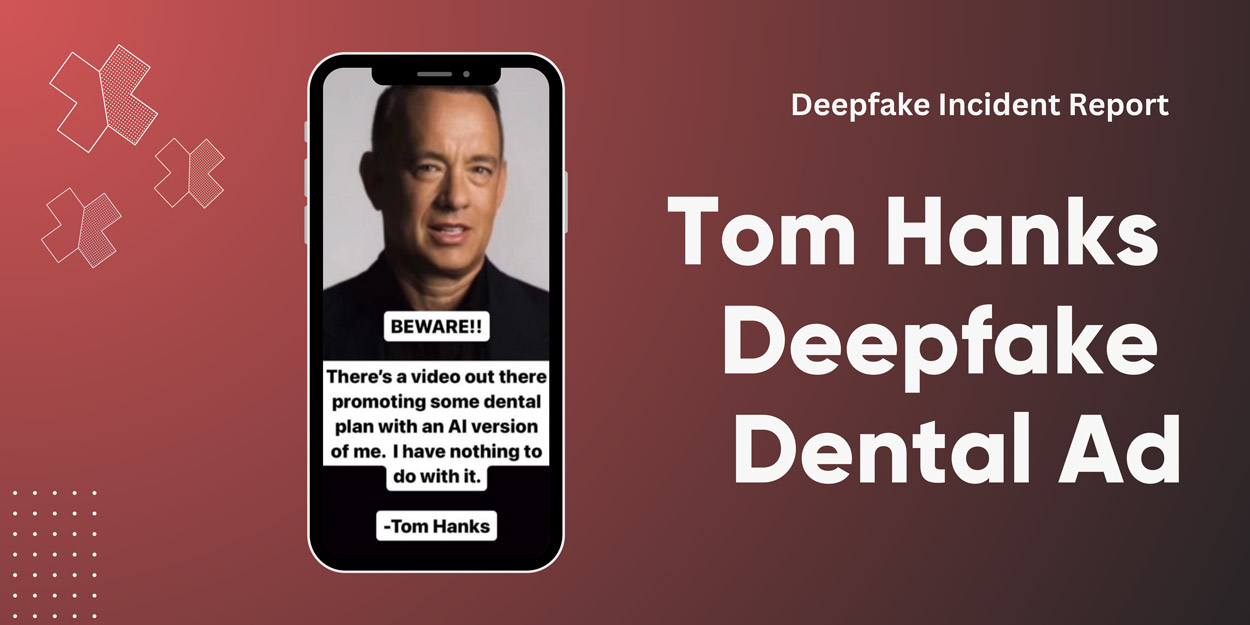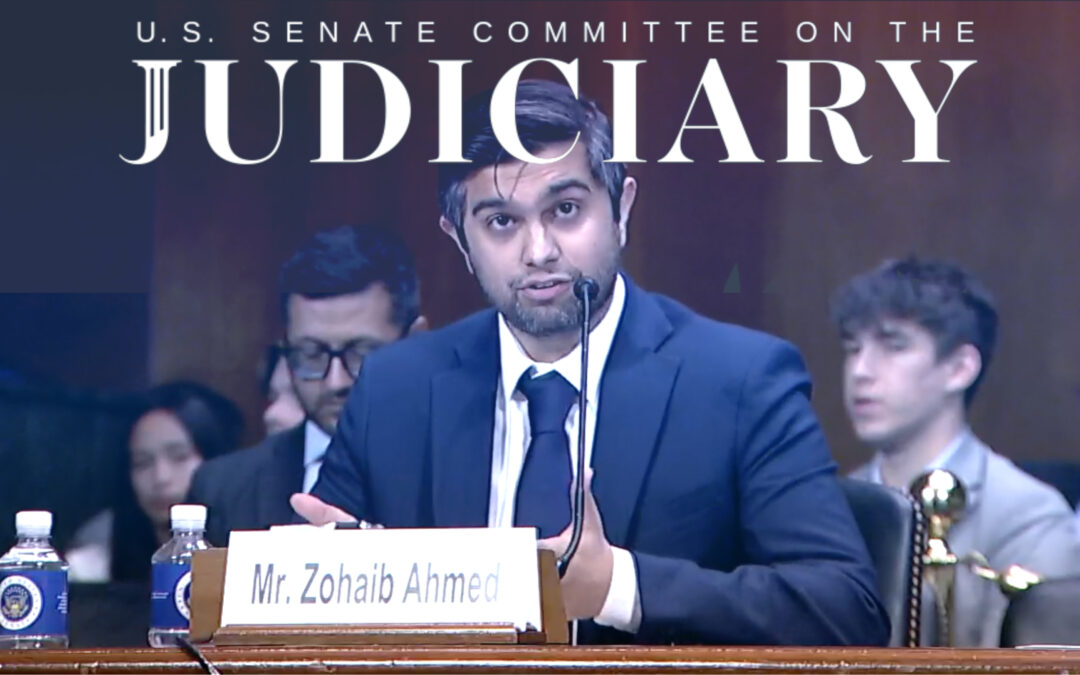Celeb Deepfake Content On The Rise
In an age where technology is making remarkable strides, our world is becoming increasingly interconnected. As we harness the power of AI, we tread a fine line between innovation and ethical concerns. Deepfake technology has recently come under the spotlight, causing notable figures like Tom Hanks to raise alarms. Let’s take a look at the recent celeb deepfake advertisement that has impacted Hanks.
Tom Hanks Sounds His Deepfake Privacy Concerns
Tom Hanks, the Oscar-winning actor known for his iconic roles like Forest Gump and BIG, recently took to social platform Instagram to issue a warning to his 9.5 million followers. It appears that an AI generated deepfake of Hanks was used to promote a dental plan, without his consent or involvement. “BEWARE!!” he exclaimed, “There’s a video out there promoting some dental plan with an AI version of me. I have nothing to do with it.”
The Consequences of Digital Manipulation
Leading up to the IG post, a hyper-realistic yet fabricated deepfake video created by an AI model resulted in the warning by the American icon. Celebrity AI voice generators and open source AI voice projects are available to the public by simply creating an account. The digital manipulation could easily deceive the public, causing confusion and potential harm. In Tom Hanks’ case, it was a deepfake ad for a dental plan. This misrepresentation of a public figure via celebrity voice AI breaches the data privacy of the individual as well. The deceptive nature of a celebrity deepfake blurs the line between fact and fiction, potentially damaging reputations and causing stress.
AI Fraud Detection of A Deepfake Celeb
As mentioned above, the potential for AI fraud has become increasingly evident. While AI technology progresses, it’s vital for society to develop AI safeguards against the misuse of AI generated content. How can you decipher between genuine and fabricated content to detect AI misuse? Although the quality of deepfake technology continues to transcend expectations, we recommend users pay close attention to the digital content they’re consuming. Below are best practices to help identify deepfake content.
- Become a lip reader – the words you hear should match the speaker’s speech animation
- Question a deal that sounds too good to be true
- Question endorsements – what are the chances that an A-list celebrity promotes a dental plan?
- Review your app’s privacy policy (i.e. TikTok privacy policy) to see what AI safety measures they’re employing.
As an example, the celebrity deepfake video depicts a younger Tom Hanks when compared to his current appearance. While this requires vigilance and manual deepfake identification, it becomes obvious the actor’s deepfake has authenticity flaws.
Comparison of present-day Tom Hanks (left) and his deepfake celeb video (right).
AI Security: Deploying AI For Fraud Detection
As copyright infringement and data privacy issues arise, social media platforms, like TikTok, have taken steps to label synthetic or manipulated media as fake. But more comprehensive measures are needed. In the face of the deepfake technology predicament, Resemble AI offers robust AI Security solutions to protect the Tom Hanks of the world as well as enterprise companies. Resemble’s AI security stack identifies and authenticates audio data and content.
- Resemble Detect for AI Fraud Detection: Resemble Detect is a real-time deepfake detection model that utilizes an advanced deep neural network to distinguish genuine from manipulated audio and video content. Detect’s AI model could have played a crucial role in speedy AI fraud detection. The AI voice detector could have identified the videos early, preventing their circulation and protecting the reputation of a public figure.
- PerTh, the AI Watermarker for Your IP Catalog: Resemble AI’s AI Watermarker is designed to protect intellectual property and authenticate content by embedding invisible watermarks into audio data. Content creators can use this technology for audio content across their entire content library to alleviate copyright infringement and verify the authenticity of their work.
Responsible AI Ethics
The rise of deepfake technology raises crucial questions about the ethical use of AI and its impact on our lives. Tom Hanks and other notable figures serve as a reminder that we must tread carefully in this new world of generative artificial intelligence. It’s a world where distinguishing between reality and AI-generated fiction becomes increasingly challenging, and where protecting our digital identities and reputations is more important than ever. As technology advances, it’s our responsibility to ensure that innovation serves the greater good and doesn’t erode the very essence of truth and authenticity. With the help of cutting-edge tools like Resemble Detect and AI Watermarker, we can better defend against the deceptive power of deepfakes, and ensure responsible AI use for a safer and more secure future.






